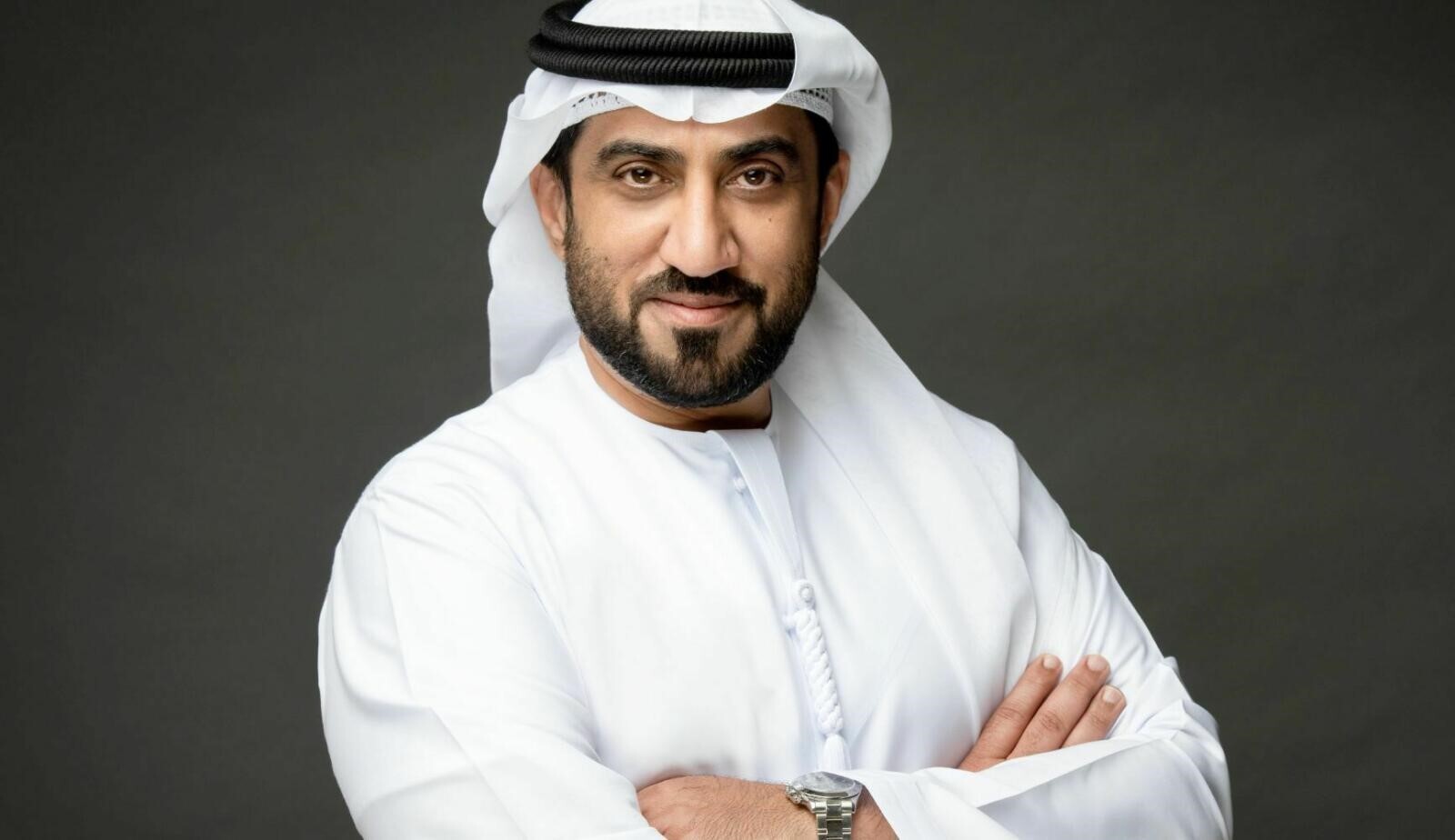

Mohammed AlMutawa, CEO of Ducab Group, one of the UAE’s largest manufacturing businesses and a global leader in the development, design, manufacturing, marketing, and distribution of aluminium and copper wire and cable products, has reportedly indicated electric vehicles to drive aluminium demand to a ten-fold growth since 2017 to near 10 million tonnes by 2030. The anticipated growing usage of aluminium in electric cars is aligned with the government’s policies for reducing carbon emissions.
 Image Source: Ducab
Image Source: Ducab
AlMutawa has further highlighted that the usage of primary extruded and rolled aluminium products in electric vehicles will be much higher than what we currently see in Internal Combustion Engine (ICE) vehicles. That said, plug-in hybrid and full-battery electric vehicles use 25 to 27 per cent more aluminium than ICE cars. He also emphasised the possibility of primary aluminium usage to supersede metal scrap in electric cars.
The rapid growth of aluminium usage in electric or ICE vehicles is mainly because of the light weighting benefits, which is why Ford’s F-150 switched to aluminium body from steel back in 2015, realising the advantages of using lighter materials to improve performance and fuel efficiency.
Ducab’s CEO essentially points out that auto manufacturers presently aim to incorporate 80 per cent of aluminium components in their vehicles, and so does the aviation industry, looking at the role of aluminium beyond the chassis of automobiles. Other areas of aluminium applications in EVs include batteries and battery housing and housing for electronic motors, DC-AC inverters, DC-DC converters, chargers, heat pumps, and reduction drives.



Responses






